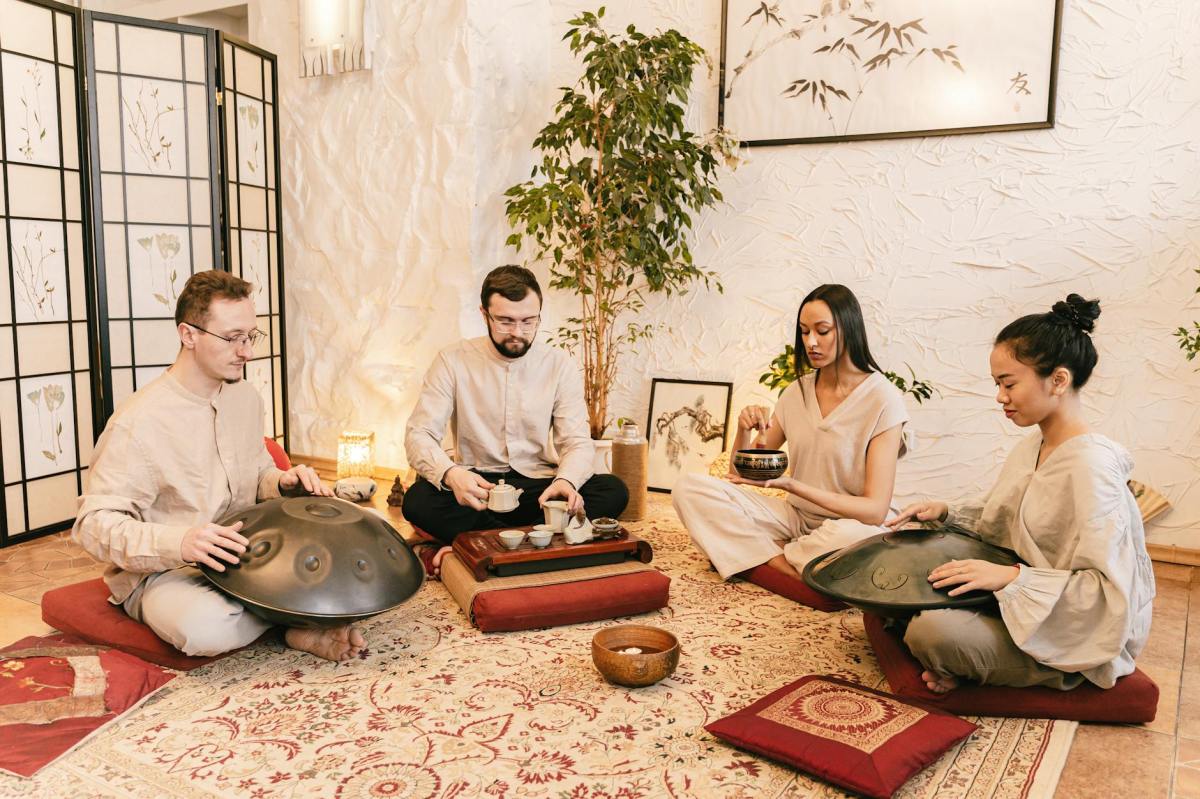Cultural diversity means the existence of different cultures, including different cultural perspectives in an organisation or society.
Elements of cultural diversity
There are numerous traits or elements that specifically mark diverse cultural realities, some of the main ones being the following:
- Language. The language in which a culture expresses itself is marked both by its origin and by the subsequent variations (or impositions) that have been introduced according to the historical variables derived from changes that have taken place throughout history.
- Religion. Various beliefs (such as religiosity, mysticism, rituality or spirituality) are also distinctive features that modify the way of seeing the world in each culture.
- Ethnicity. Although it is true that, with the passage of time, increased possibilities for mobility and consequent intermarriage, this trait is of decreasing importance. Historically, however, having certain physical similarities could be considered a common cultural element.
- Literature and history. Traditional myths and stories, which combine both historical and literary aspects, are also an indispensable part of a culture.
- Gastronomy. From the ingredients used (and even those that may be forbidden) to the way of eating and the utensils used in this process and the way of preparing the dishes – some of which may be particularly representative – are also distinctive features of the cultures from a gastronomic point of view.
- Folklore and art. Artistic and folklore expressions, which may include everything from musical expressions to typical dress, are another distinctive feature of different cultures.
UNESCO Universal Declaration on Cultural Diversity
The 2001 UNESCO Universal Declaration on Cultural Diversity is established within the framework of the implementation of the human rights and fundamental freedoms proclaimed in the Universal Declaration of Human Rights.
On the premise that respect for the diversity of cultures, among other issues, is a guarantee for peace and security and with the aspiration for greater solidarity based on cultural diversity, the Declaration adopts the following principles:
- Article 1. Cultural diversity: common heritage of humanity.
- Article 2. From cultural diversity to cultural pluralism.
- Article 3. Cultural diversity as a factor for development.
- Article 4. Human rights as a guarantee of cultural diversity.
- Article 5. Cultural rights as an enabling environment for cultural diversity.
- Article 6. Towards access for all to cultural diversity.
- Article 7. Cultural heritage as a source of creativity.
- Article 8. Cultural goods and services: commodities of a unique kind.
- Article 9. Cultural policies as catalysts for creativity.
- Article 10. Strengthening capacities for creation and dissemination worldwide.
- Article 11. Building partnerships between the public and private sectors and civil society.
- Article 12. The role of UNESCO.
World Day for Cultural Diversity for Dialogue and Development
In this line, 21 May was established as World Day for Cultural Diversity for Dialogue and Development, first commemorated in 2003.
A day sponsored by the UN that seeks to raise awareness of the relevance of cultural diversity and inclusion, to promote commitment and support for diversity through effective gestures in our daily lives, and to combat polarisation and stereotypes in order to improve understanding and cooperation.
The United Nations itself places the importance of cultural diversity as a “driving force for development, not only in terms of economic growth, but as a means to a more enriching intellectual, emotional, moral and spiritual life”.
Therefore, according to the same organisation, “the recognition of cultural diversity – through innovative use of media and ICTs in particular – leads to dialogue between civilisations and cultures, respect and mutual understanding”.
Are interculturality and cultural diversity the same thing?
Although the concepts of interculturality and cultural diversity are related, they are not the same. Cultural diversity, as we have been discussing, refers to the coexistence of different cultural expressions and the need to promote their respect and preservation.
On the other hand, interculturality is the process by which differentiated cultures share a territory in which cultural exchanges take place: interaction, dialogue and mutual learning between different cultures, promoting respect and tolerance and avoiding the imposition of one culture over another.
